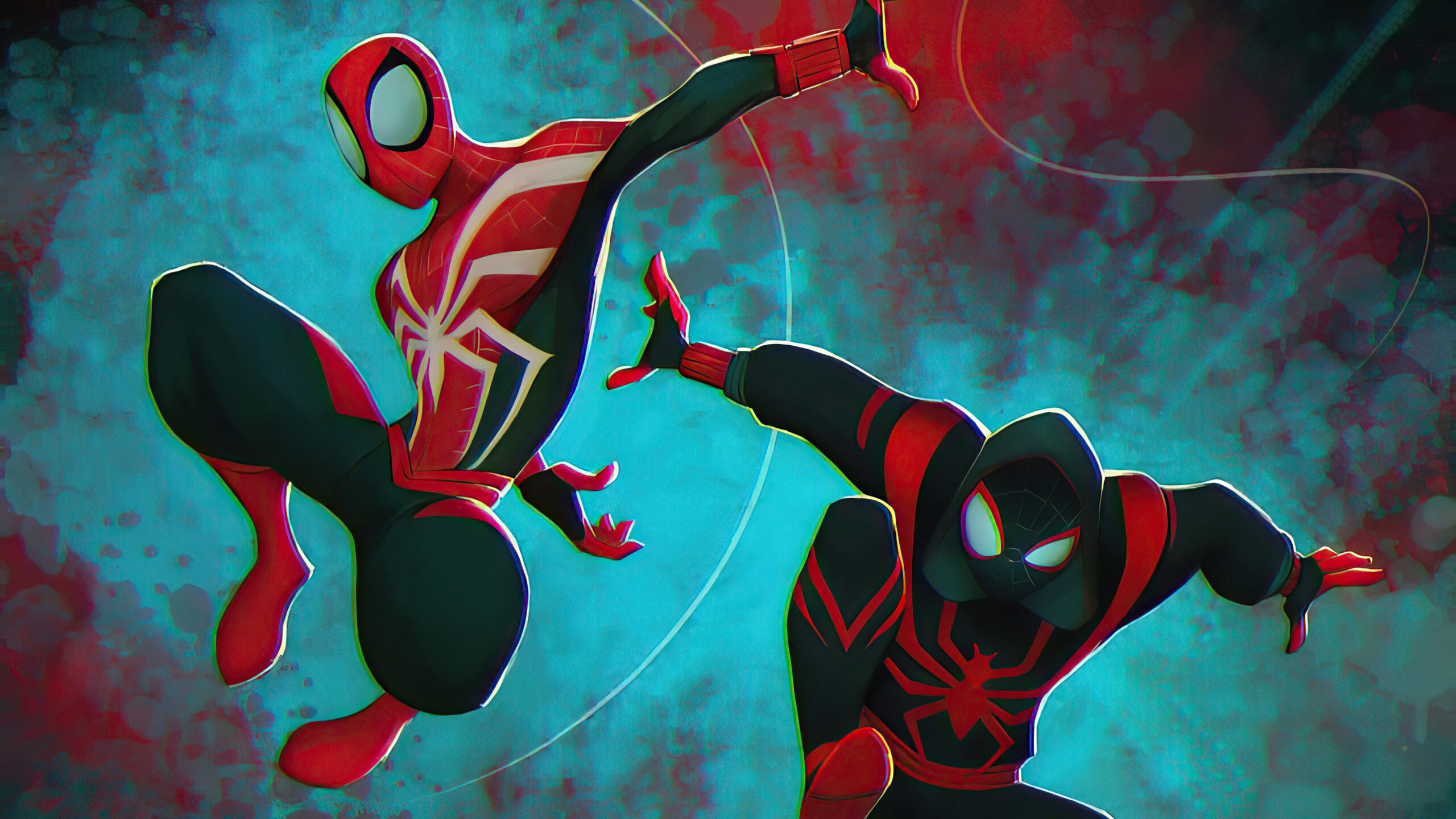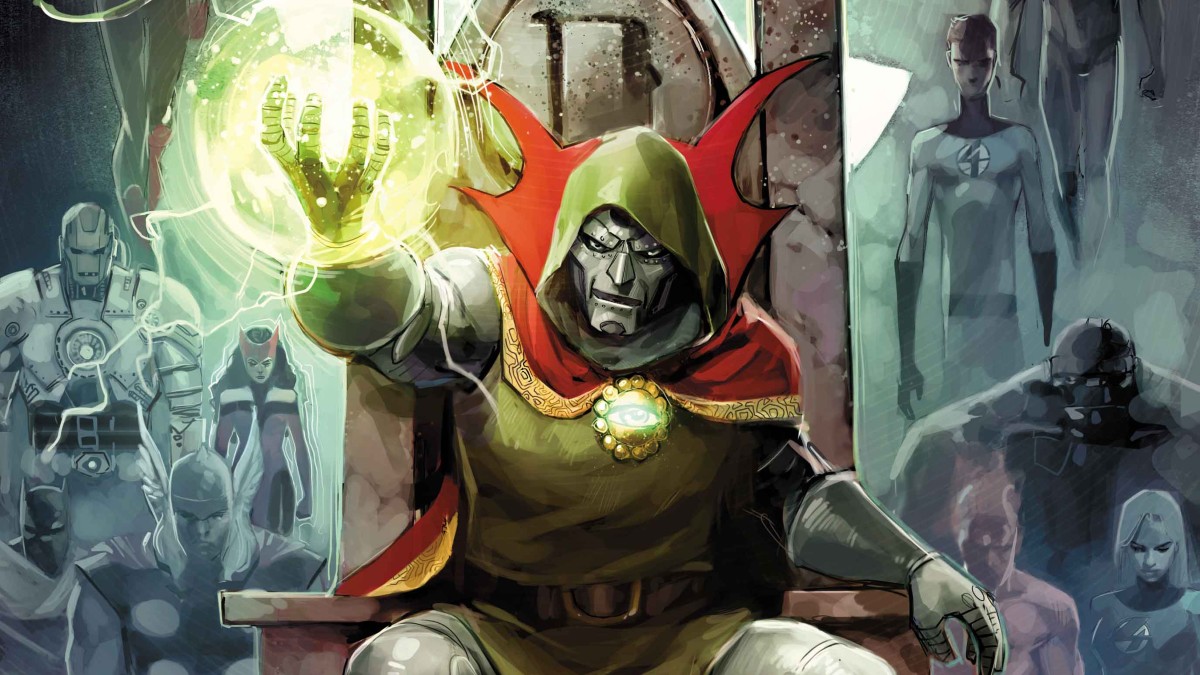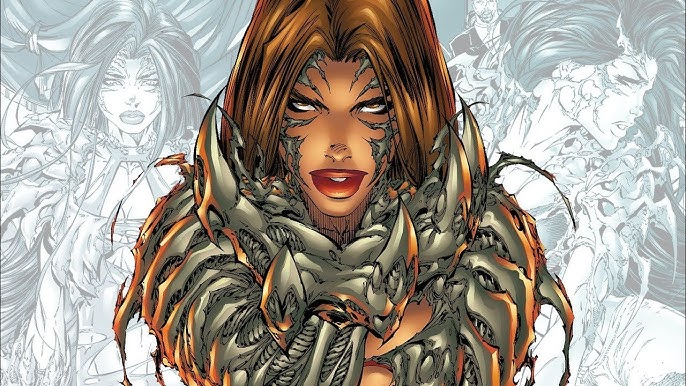When it comes to the world of superheroes, few characters have had as much impact and popularity as Spider-Man. Created by Stan Lee and Steve Ditko and first introduced in Amazing Fantasy#15 in 1962, Peter Parker, the original Spider-Man, quickly became an iconic figure in the Marvel Universe. With his relatable struggles and extraordinary abilities, he has captured the hearts of fans for decades. However, in recent years, the Spider-Verse has expanded to introduce a second Spider-Man, Miles Morales, into the mainstream. This development has led to discussions and debates among fans and critics alike. Is having two Spider-Men a good thing, or does it dilute the character’s essence?
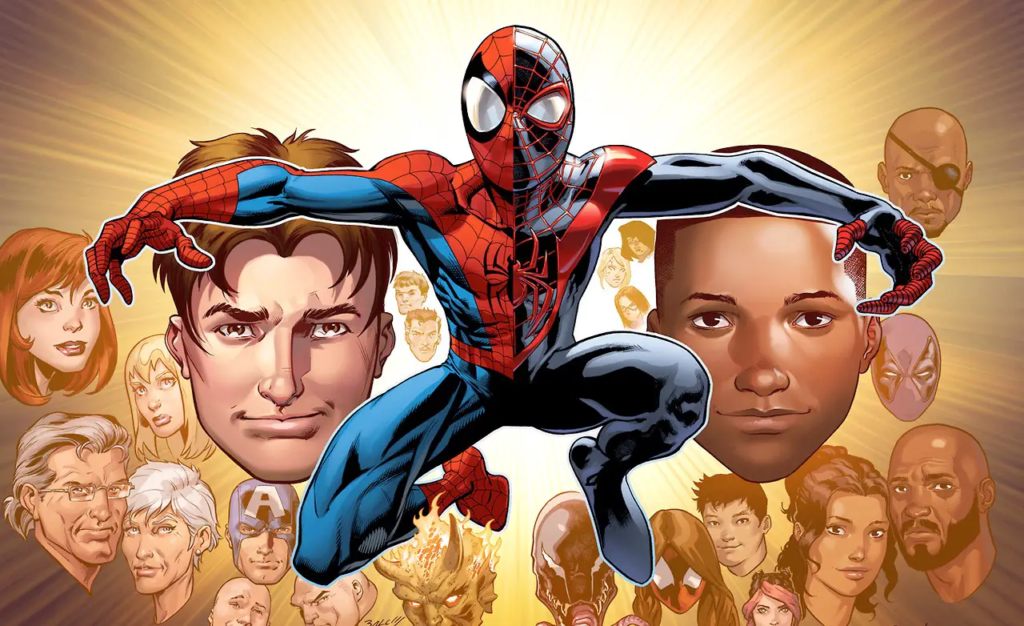
A Tale of Two Spider-Men
The introduction of Miles Morales in 2011 brought about a significant shift in the Spider-Man mythos. Miles is a teenage Afro-Latino superhero with powers similar to Peter Parker’s. He was created by writer Brian Michael Bendis and artist Sara Pichelli, and his inclusion brought a much-needed diversity to the Spider-Man character lineup. While Peter Parker’s Spider-Man represents the classic, coming-of-age hero’s journey, Miles Morales offered a fresh perspective and a more contemporary take on the character.

The two Spider-Men coexist in the same universe, sharing their adventures, challenges, and responsibilities. This dynamic presents an opportunity for unique storytelling, exploring themes of mentorship, identity, and legacy. It allows fans to witness Peter Parker’s seasoned hero guiding Miles Morales as he navigates the complexities of being Spider-Man. This duality offers a rich narrative potential and a chance to address different issues relevant to each character’s background and age.
The Case for Having Two Spider-Men
One of the most significant advantages of having two Spider-Men is the enhanced diversity and representation it brings to the superhero genre. For many years, the mainstream superhero landscape was dominated by white, male characters. The introduction of Miles Morales as a Black superhero reflects a commitment to diversifying the genre and making it more inclusive. It sends a powerful message that heroes can come from all walks of life, and anyone, regardless of their background, can be a force for good.
Miles Morales, as Spider-Man, resonates with a new generation of readers and viewers who may not have seen themselves in the classic Peter Parker character. His story highlights the importance of representation in media, showing that superheroes can and should reflect the rich tapestry of the real world.
The fresh perspective on the character’s journey. He comes from a different cultural background, has a different family dynamic, and faces unique challenges. This allows for storytelling that explores themes not as prevalent in Peter Parker’s narrative, such as racial identity, multiculturalism, and the expectations placed on young people of color.
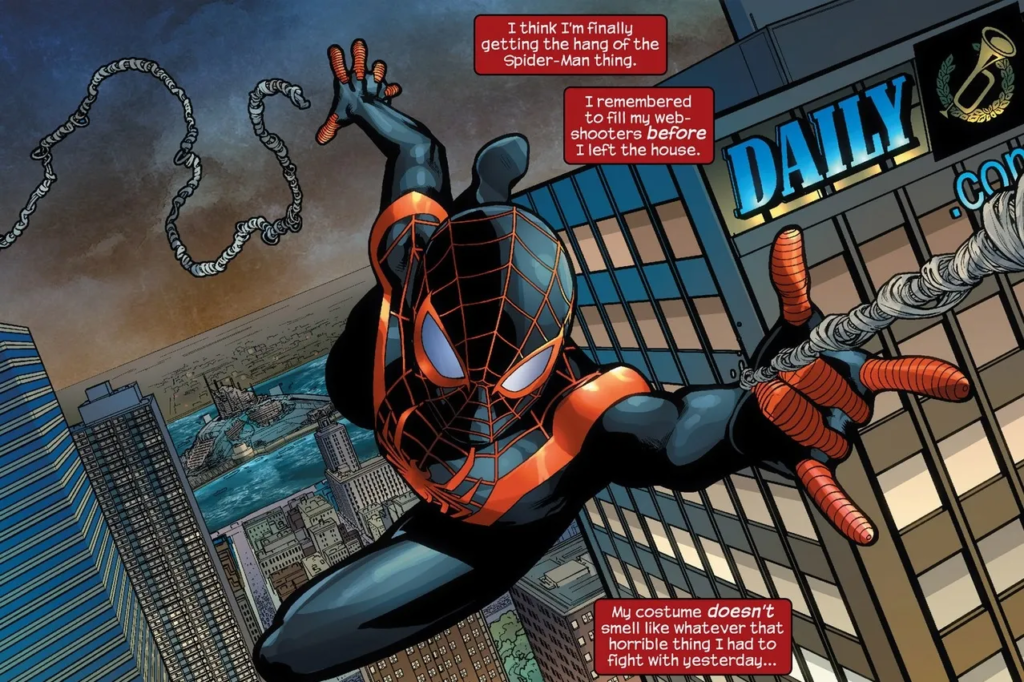
The coexistence of two Spider-Men also opens up exciting possibilities for storytelling. The mentor-student relationship between Peter and Miles provides rich material for character development and growth. It allows for narratives that explore the passing of the torch, the weight of responsibility, and the impact of a seasoned hero guiding a new one.
The introduction of Miles Morales expanded the Spider-Verse, a multiverse of Spider-People from different dimensions and backgrounds. This expansion has led to engaging crossover events and team-ups featuring various Spider-People. Characters like Spider-Gwen, Spider-Woman, and Spider-Man 2099 have been brought into the spotlight, allowing for fresh and imaginative storytelling.
Expanding the Spider-Verse not only broadens the Spider-Man mythos but also revitalizes the franchise by exploring uncharted territories and introducing new and exciting characters. It demonstrates that the world of superheroes can be as diverse and imaginative as the creative minds behind them.
The Potential Downsides
One of the concerns regarding having two Spider-Men is the potential dilution of the character’s essence. Some argue that the core appeal of Spider-Man is the relatability of Peter Parker’s struggles as a young, everyman hero. Introducing a second Spider-Man could dilute the uniqueness of Peter’s character and his journey.
Additionally, the sheer number of Spider-People in the expanded Spider-Verse can be overwhelming for newcomers to the franchise. It might lead to confusion and difficulty in keeping track of all the different iterations and storylines.
Maintaining a balance between the two Spider-Men can be challenging. While it provides opportunities for unique storytelling, it also requires careful handling to ensure that both characters receive equal attention and development. The risk is that one Spider-Man may overshadow the other, leaving fans feeling that their favorite character is not getting the focus they deserve.

Additionally, the introduction of new characters and the expansion of the Spider-Verse may distract from the core Spider-Man narrative, making it harder to keep the storytelling coherent and engaging.
The existence of multiple Spider-People and parallel universes could potentially lead to creative stagnation. Writers and creators may rely on the novelty of new characters and universes rather than developing fresh, compelling narratives for the core characters. This could result in a recycling of storylines and themes, ultimately leading to a decline in the quality of Spider-Man stories.
The Web of Possibilities
The presence of two Spider-Men is a double-edged web. On one hand, it introduces diversity, fresh perspectives, and storytelling opportunities that enrich the Spider-Man franchise. It allows for engaging explorations of mentorship, legacy, and the importance of representation in media. The coexistence of Peter Parker and Miles Morales has revitalized the Spider-Verse and opened the door to imaginative storytelling.
However, the approach is not without its challenges. Balancing the two characters and maintaining the core essence of Spider-Man while exploring the expanded Spider-Verse requires careful handling. There is a risk of dilution and creative stagnation, and it’s essential for creators to strike the right balance.
Ultimately, the presence of two Spider-Men is not inherently good or bad; it’s about how it’s executed. The Spider-Verse offers a rich tapestry of possibilities, and when handled with care and creativity, it can be a tremendous asset to the Spider-Man franchise. As long as the essence of what makes Spider-Man special remains at the core of these stories, having two web-slingers can be a web of endless potential, capturing the hearts of fans, old and new, across the globe.


